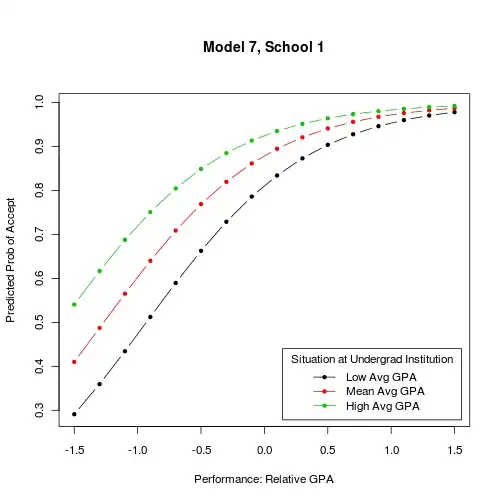I am learning the book "Causality" by Judea Pearl. In Chapter 1, page 18, the d-separation examples, there is a thing I do not understand. Consider this graph (a) on Page 18:
It says that $X$ and $Y$ are d-separated given $Z = \{Z_2\}$. However, I check all criteria of d-separation and I cannot find any criterion that satisfies it, as follows:
There is no chain $X => ... => Y$ and no fork $X <= ... <= Z_2 => ... => Y$ in the graph, thus the first criterion is eliminated. Thus, we have the collider left.
Consider the collider $X => Z_1 <==> Z_3 <= Y$, the second criterion says that "the path contains a collider $i => m <= j$ such that $m$ is not in $Z$ and no descendant of $m$ is in $Z$". The collider we consider has $Z_2$ as a descendant of $Z_3$ through the path $Z_3 => Z_2$, thus this path is not blocked by $Z_2$.
Moreover, consider the path $X => Z_1 <= Z_2 <= Z_3 <= Y$, this path is also not blocked because $Z_2$ is a collision node.
What details am I missing here?

